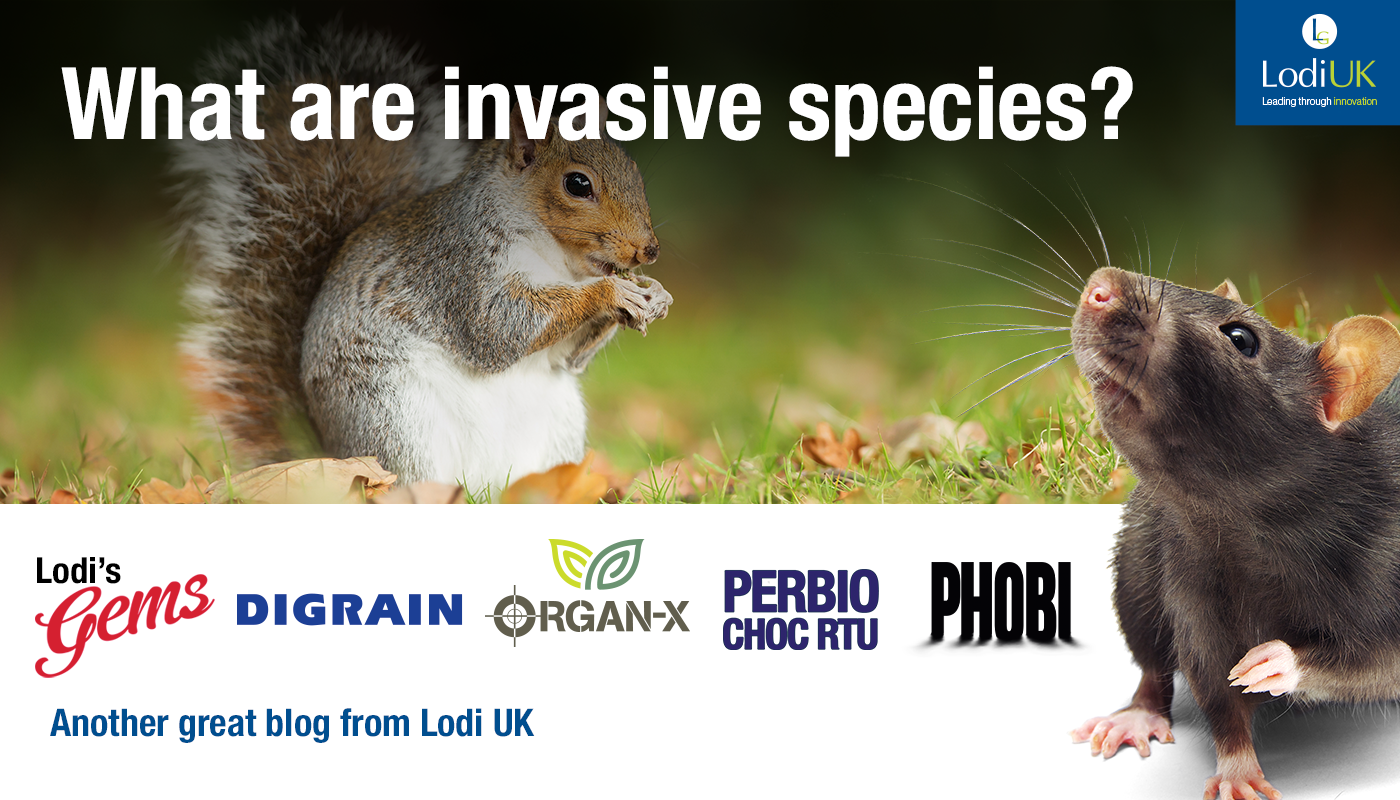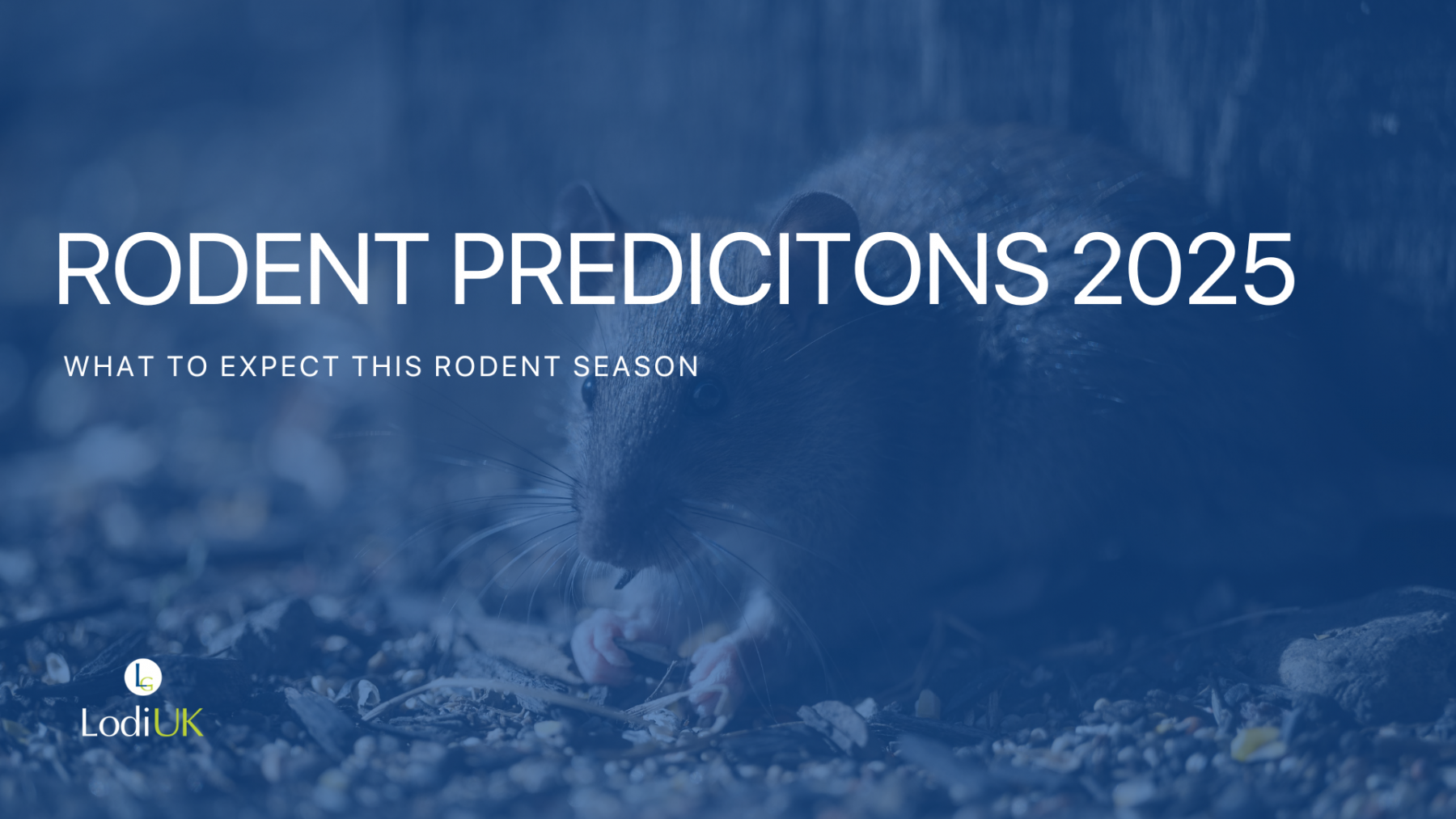
How do they arrive in the UK?
An invasive species is an introduced organism that negatively alters its new environment.
Some invasive species are brought to the UK intentionally, often because the implications of their arrival aren’t fully understood. Japanese Knotweed (reynoutria japonica) introduced to the UK as an ornamental plant but is now one of the most problematic species in the country. Other species, like the brown rat (Rattus norvegicus) were introduced accidentally. It is thought that they were carried on ships from Asia in the 1700s.
There are also pest species that have become well-loved symbols of the British countryside. These include the European rabbit, fallow deer, pheasants, little owls, red-legged partridge, carp, and rainbow trout. We'll tell you more about these species in next week's blog!
How do they spread throughout the UK?
Around half of plant and animal species only exist today because they are separated from other species. This separation comes from physical barriers, such as oceans, mountains, lakes, and deserts. As humans began to move around the world more easily, we have taken animals and plants with us. This movement takes away the barriers separating the species and means that the new, invasive species creates problems for the native wildlife.
According to a report by the Centre for Agriculture and Bioscience International, invasive species cost the UK economy around £1.7 billion per year. Most of the costs come from agriculture and horticulture with rabbits, Japanese knotweed, and the brown rat being the costliest species.
Did you know that invasive species pose the second biggest threat to biodiversity after habitat loss?
Non-native species can affect their new ecosystem in a number of ways. These can include:
- Predation
The introduction of predators can have a huge effect on natural wildlife, especially on islands or in lakes. In these habitats, species have evolved without natural predators and so are not equipped to deal with the new threat. Zander (stizostedion lucioperca) were introduced to several fisheries illegally and have decimated local fish populations due to their aggressive feeding.
- Competition
Introduced species can out-compete native species for resources, which can change the entire structure of the habitat. Rhododendrons (rhododendron ponticum) are very beautiful with brightly coloured flowers, however, since their introduction from Spain in 1763, they have wreaked havoc all over the UK. It is estimated that they cover 3.3% of the UK’s woodland. Rhododendrons grow into huge bushes with thick leaves that block any sunlight from hitting the ground below. This stops any plants from being able to grow underneath them, making the area completely barren.
- Disease
Occasionally, invasive species can carry diseases that affect the native population. When the signal crayfish (Pacifastacus leniusculus) was introduced to the UK for export, it was found to be a carrier of the crayfish plague. When the signal crayfish escaped from the fisheries, they passed it on to the native white-clawed crayfish (austropotamobius pallipes) which has destroyed their population.
- Hybridisation
Domestic cats (felis catus) have their own detrimental effects on wildlife – they’ve been partially responsible for the extinction of at least 67 species. Cats also pose a huge threat to the Scottish Wildcat (felis silvestris silvestris). Due to the interbreeding of domestic cats and wildcats, there could be as few as 400 true wildcats left in Scotland.
What can we do?
Historically, it was very difficult to fully understand the implications of introducing a new species. It can seem that a species is harmless when their numbers are low, but as their numbers increase, problems begin to arise.
Due to improvements in our understanding of ecology and conservation, it has become more common to carry out a risk assessment. These risk assessments are carried out before a species is introduced and considers the likelihood of their escape and the long-term implications if that were to happen.
It is important to try and prevent harmful non-native species from being introduced into the wider environment whenever possible. This isn’t always possible as mistakes do happen – but containing their spread can prevent them from becoming established. If the invasive species have escaped into the countryside, steps should be taken to remove them from the environment as quickly as possible to prevent their spread. Monitoring and rapid response system are often recommended. Although these can be very expensive, the costs are negligible when compared to the cost of controlling a full-scale invasion.
Once an invasive species becomes widespread, it is still possible to control the population by culling or other measures. It might be more beneficial to attempt to prevent them from spreading by setting up barriers and a quarantine zone.



.jpg)

